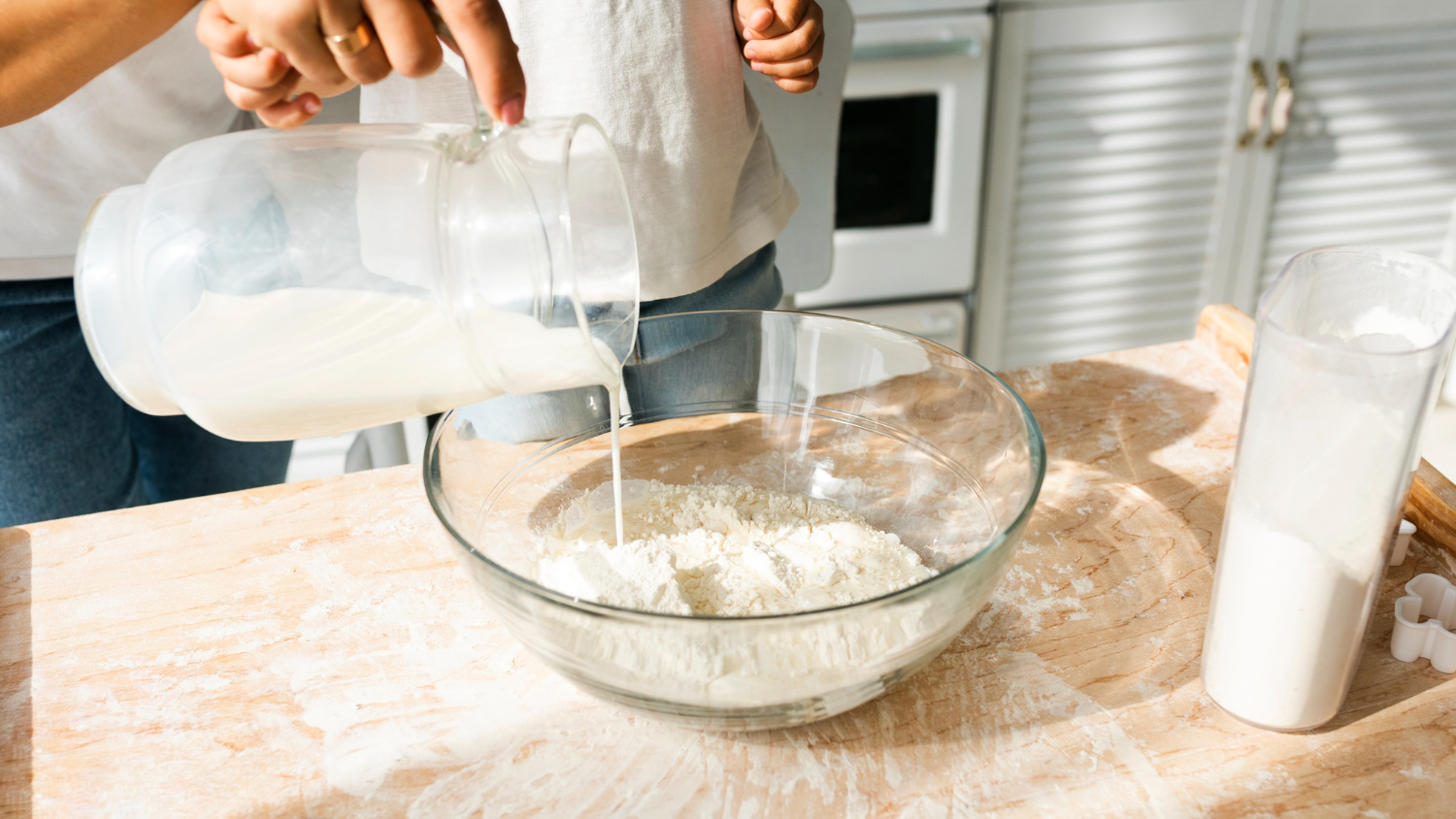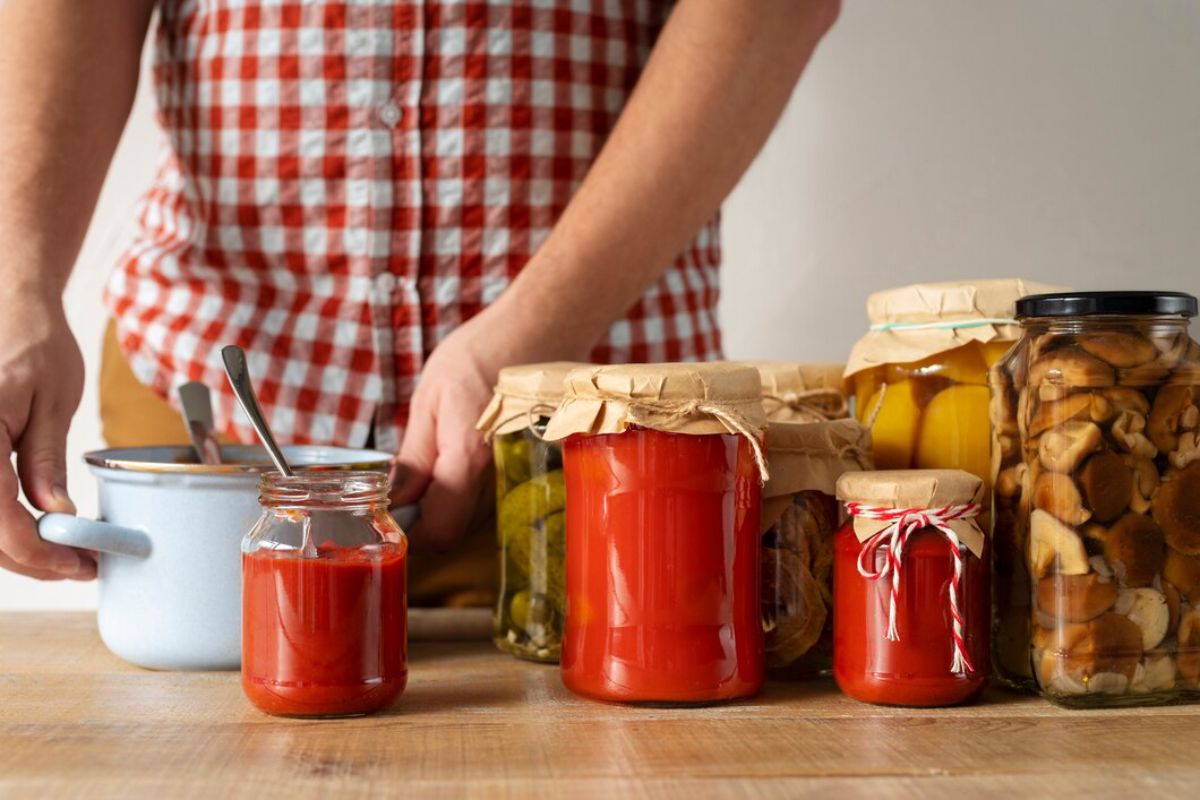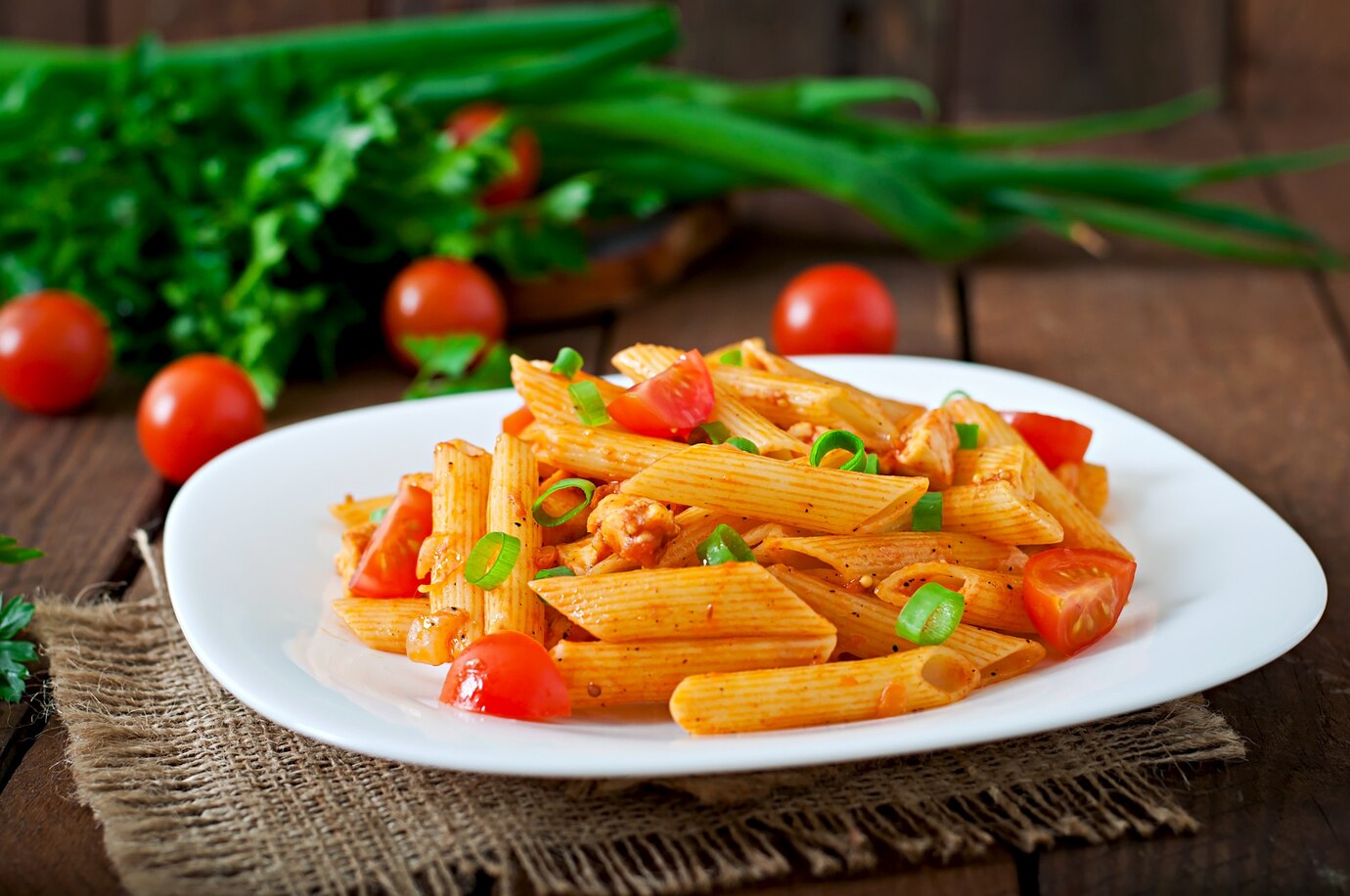
The Science of Perfectly Cooked Pasta: Tips & Techniques
Pasta is a common household pantry item, but cooking it perfectly is more complicated than boiling water. Combining knowledge of how to cook pasta with how the science of cooking works means you can produce restaurant-like pasta at home. This guide covers the best pasta cooking tips, techniques, and mistakes to avoid so you can always cook perfect pasta.
The Basics: How to Cook Pasta Properly
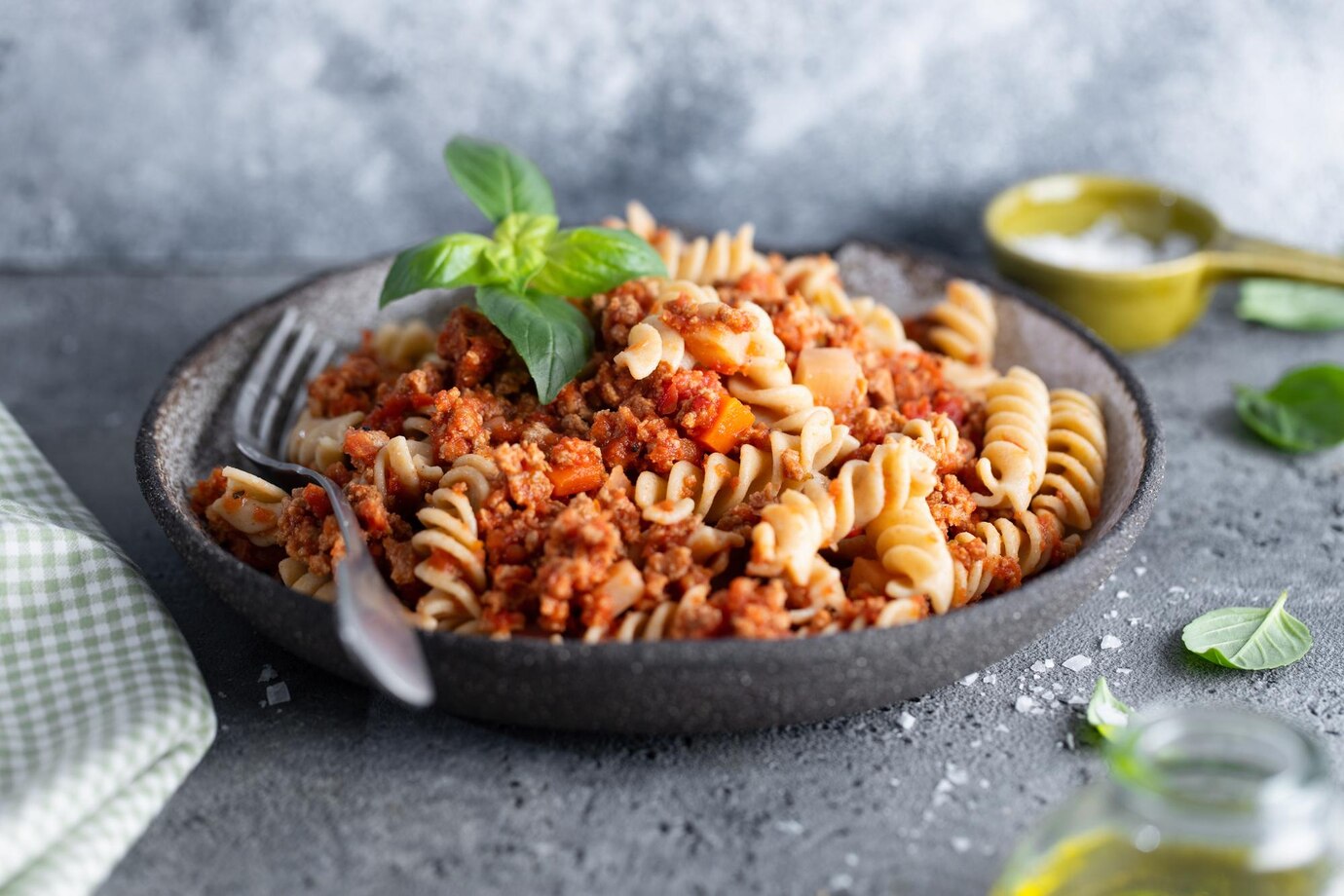
Cooking pasta may seem straightforward, but small missteps can lead to clumpy, mushy, or undercooked results. Follow these essential steps to get it right every time.
1. Choose the Right Pot and Water Quantity
A large pot ensures the pasta has enough space to move freely, preventing it from sticking together. The recommended ratio is 1 litre of water per 100 grams of pasta. Insufficient water leads to excess starch concentration, which results in sticky pasta. A large pot also allows for a rapid return to boiling once the pasta is added, ensuring even cooking.
2. Add Enough Salt to the Water
Salt enhances the pasta’s flavour as it cooks. A general rule is to use 10 grams (about two teaspoons) of salt per litre of water. The water should taste slightly salty, similar to seawater. Many chefs recommend adding salt after the water has boiled, as this helps dissolve it faster and prevents potential pitting in stainless steel pots.
3. Bring Water to a Rolling Boil
Adding pasta to water that isn’t fully boiling can cause uneven cooking and excessive starch release, making the pasta gummy. Ensure the water is at a rolling boil before adding your pasta for the best results. A rolling boil means large, continuous bubbles breaking at the surface.
4. Stir Immediately and Occasionally
Stirring the pasta within the first minute prevents it from clumping together. Continue stirring occasionally to ensure uniform cooking. This is particularly important for long pasta like spaghetti or fettuccine, which tend to stick together more efficiently.
5. Follow the Package Instructions (But Test Early)
Different pasta shapes and brands require varying cooking times. Start testing the pasta 1–2 minutes before the recommended time to achieve an al dente texture – firm to the bite but cooked through. Factors such as the type of pasta (fresh vs. dried) can slightly alter cooking times.
6. Reserve Some Pasta Water
Before draining, save a cup of pasta water. The starchy liquid helps thicken sauces and allows them to adhere better to the pasta. This technique is essential for creamy dishes like carbonara and cacio e pepe.
7. Do Not Rinse the Pasta
Rinsing removes the starch that helps sauces cling to the pasta. The only exception is when making cold pasta salads, where rinsing stops cooking and prevents sticking.
Understanding Al Dente: The Perfect Pasta Texture

Al dente, meaning “to the tooth” in Italian, is the ideal texture for cooked pasta. It offers a slight bite rather than a mushy consistency. Cooking pasta al dente is beneficial because:
- It retains a pleasant texture and chewiness.
- It has a lower glycemic index, making it a healthier choice.
- It holds up better when mixed with sauces.
- It continues to cook slightly when mixed with a hot sauce, reaching the perfect consistency.
- To achieve al dente pasta, taste it 1–2 minutes before the package’s suggested cooking time. If the pasta is firm but not hard in the centre, it’s ready.
Common Pasta Cooking Mistakes to Avoid
Even seasoned cooks can make errors when cooking pasta. Here are some common mistakes and how to avoid them.
1. Using Too Little Water
Pasta needs ample water to cook evenly. Using too little water results in excessive starch concentration, causing sticky pasta. Ensure your pot is large enough to accommodate the pasta and the water needed for a rolling boil.
2. Skimping on Salt
Salt enhances the pasta’s natural flavour. Failing to add enough salt can lead to bland results. If you find your pasta lacking in taste, try increasing the salt in the water rather than relying solely on sauce seasoning.
3. Adding Oil to the Water
While some believe adding oil prevents sticking, it actually makes the pasta slippery, preventing the sauce from coating it properly. If sticking is a concern, focus on stirring rather than adding oil.
4. Overcooking the Pasta
Overcooked pasta becomes mushy and unpleasant. Always check for al dente texture a few minutes before the stated cooking time. Remember that pasta continues to cook slightly after draining.
5. Draining All the Pasta Water
Pasta water is liquid gold! The starch it contains helps emulsify sauces, creating a silkier texture. Always reserve at least a cup before draining.
Enhancing Flavour: Perfect Pasta Recipes & Pairings
Pairing pasta with the right sauce elevates the dish to a new level. Here are some classic combinations:
1. Spaghetti Aglio e Olio (Garlic and Oil)
Best for: Long, thin pasta like spaghetti or linguine.
Key ingredients: Garlic, olive oil, chilli flakes, parsley.
Pro tip: Add a splash of pasta water to create a silky sauce.
2. Penne alla Vodka
Best for: Tube-shaped pasta like penne or rigatoni.
Key ingredients: Tomato sauce, cream, vodka, parmesan.
Pro tip: The vodka enhances the tomato flavour without overpowering it.
3. Fettuccine Alfredo
Best for: Flat pasta like fettuccine or tagliatelle.
Key ingredients: Butter, heavy cream, parmesan.
Pro tip: Use freshly grated parmesan for the best melting consistency.
4. Pesto Pasta
Best for: Twisted pasta like fusilli.
Key ingredients: Basil, garlic, pine nuts, parmesan, olive oil.
Pro tip: Blend in a little pasta water for a creamier sauce.
5. Classic Bolognese
Best for: Thick pasta like pappardelle or tagliatelle.
Key ingredients: Ground beef, tomato, red wine, onions, carrots, celery.
Pro tip: Let the sauce simmer for at least an hour for deeper flavour.
Conclusion: Achieve Perfection in the Art of Cooking Pasta
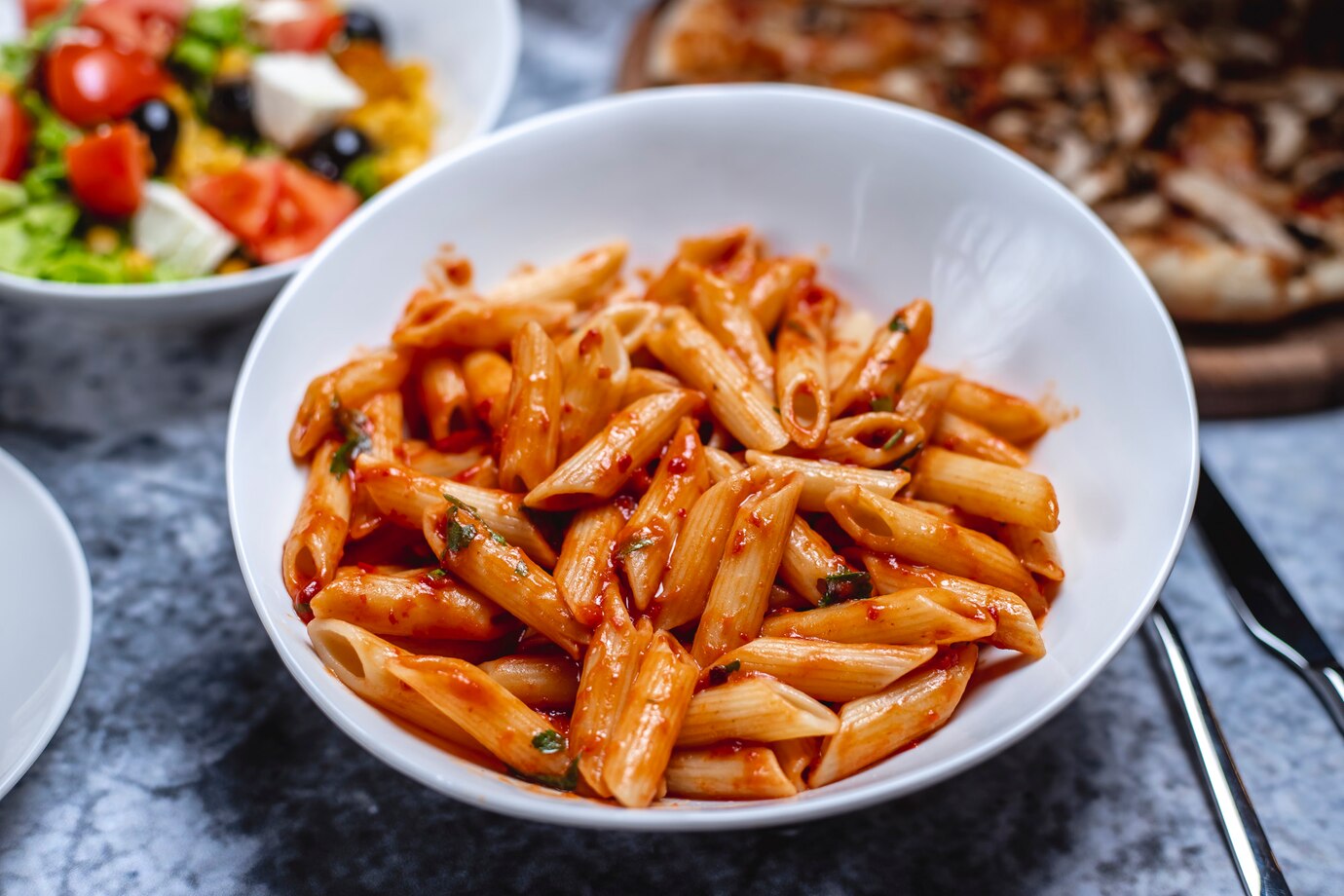
Mastering the art of cooking pasta involves more than just boiling water. By using the right techniques, avoiding common mistakes, and pairing pasta with suitable sauces, you can create mouth-watering dishes every time. Whether you’re making a simple Aglio e Olio or a rich Bolognese, these pasta cooking tips will help you achieve perfection in every bite.
Now that you know how to cook pasta like a pro, why not experiment with different recipes? Share your favourite pasta dishes and techniques in the comments below!

